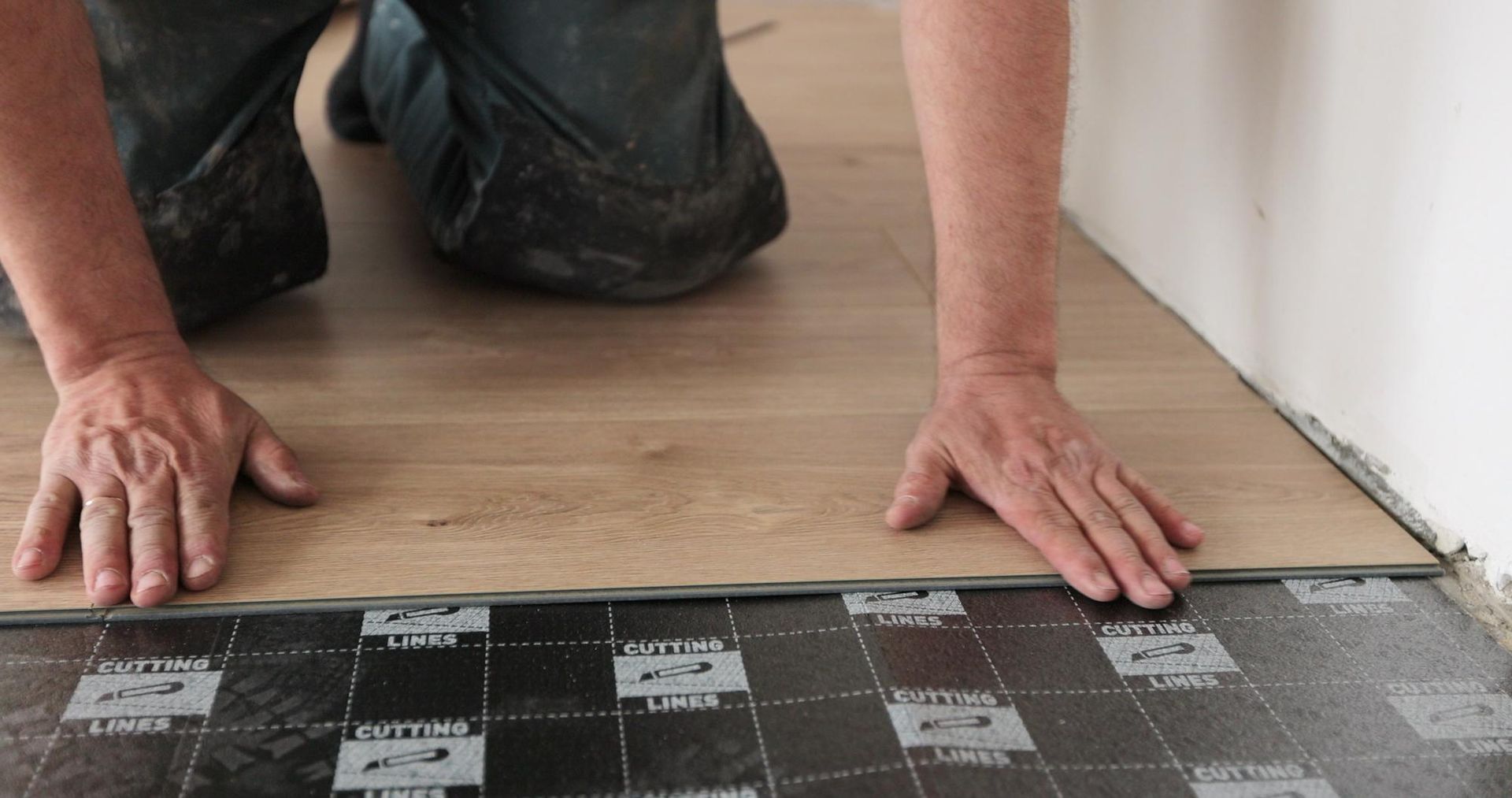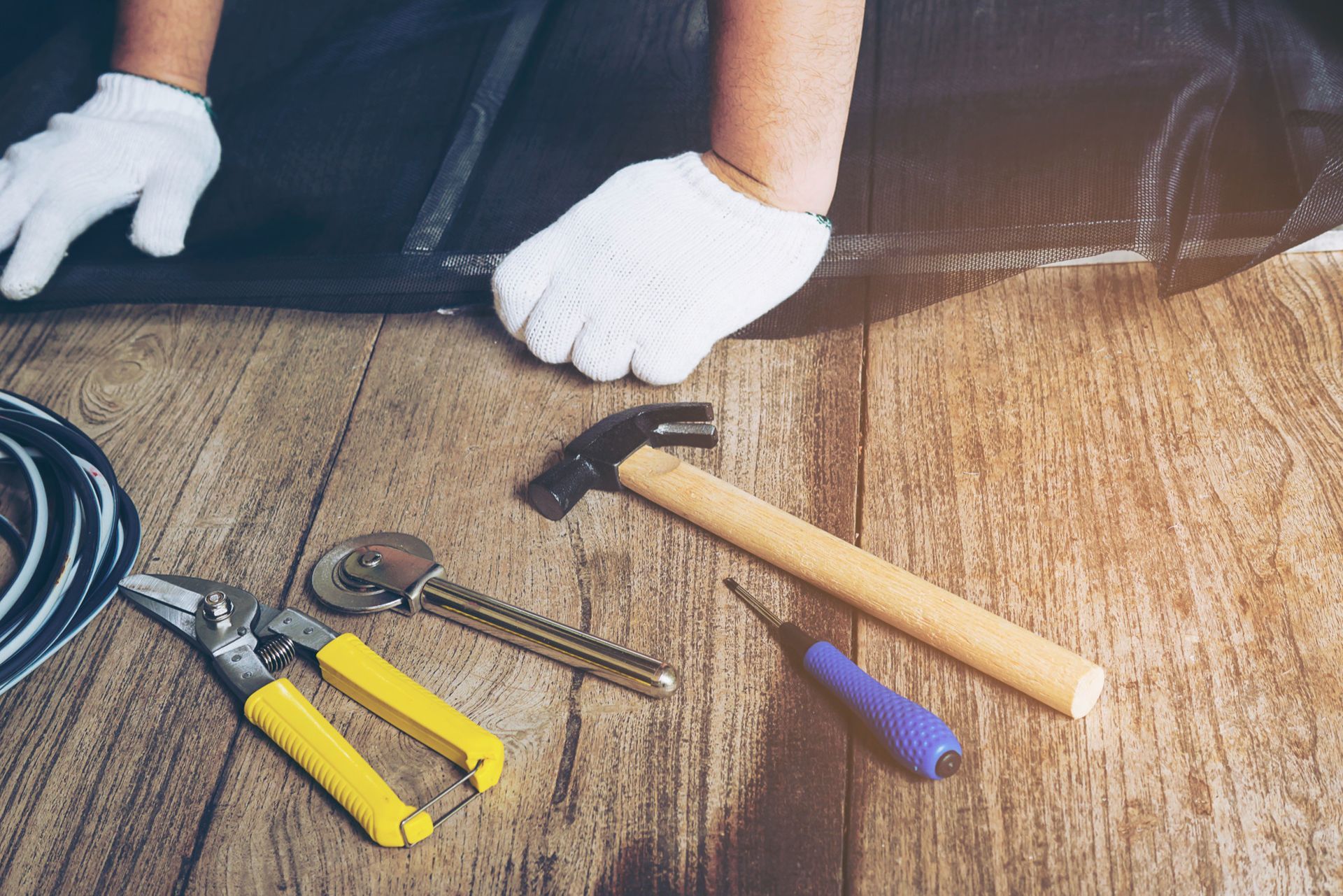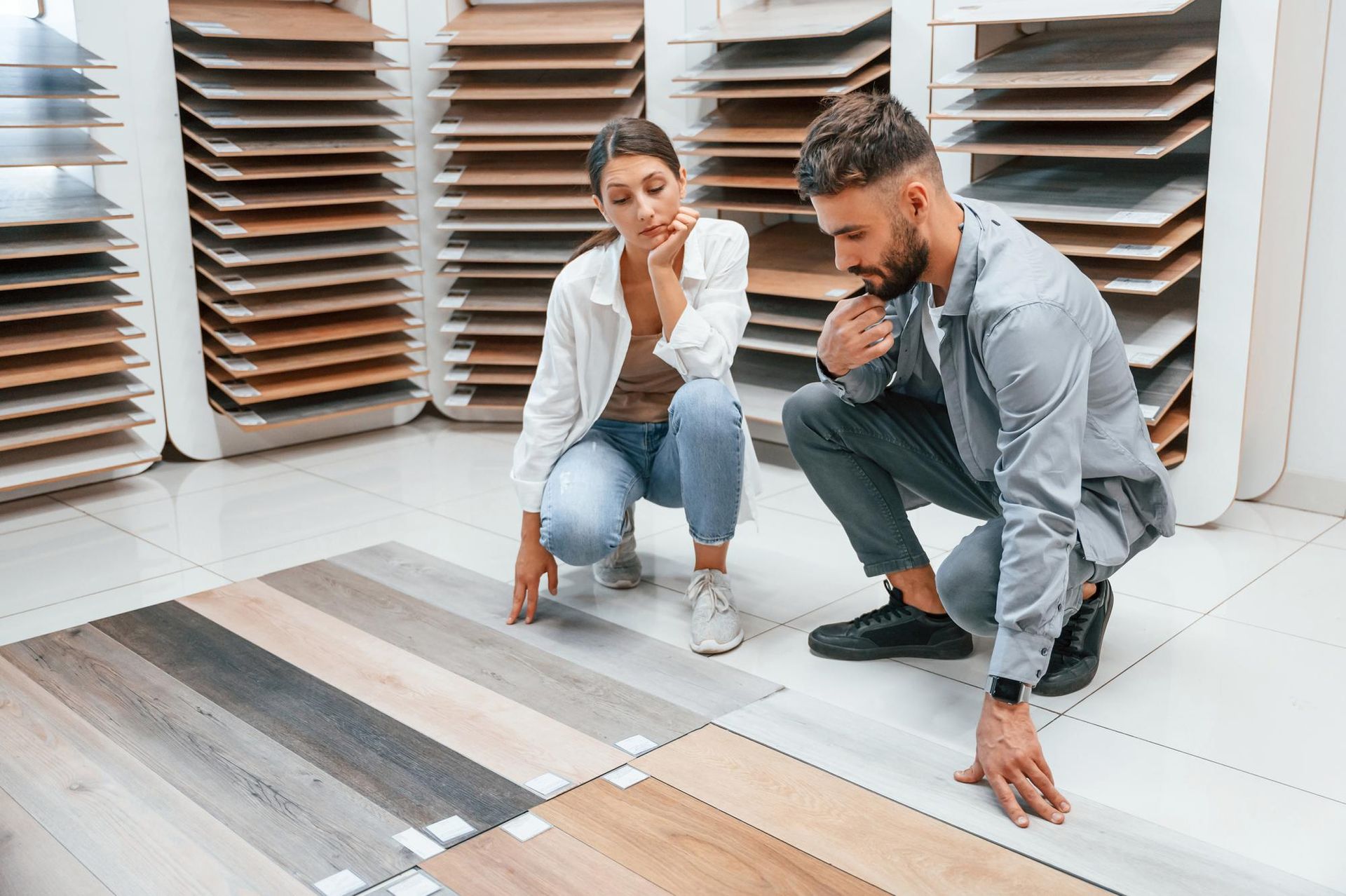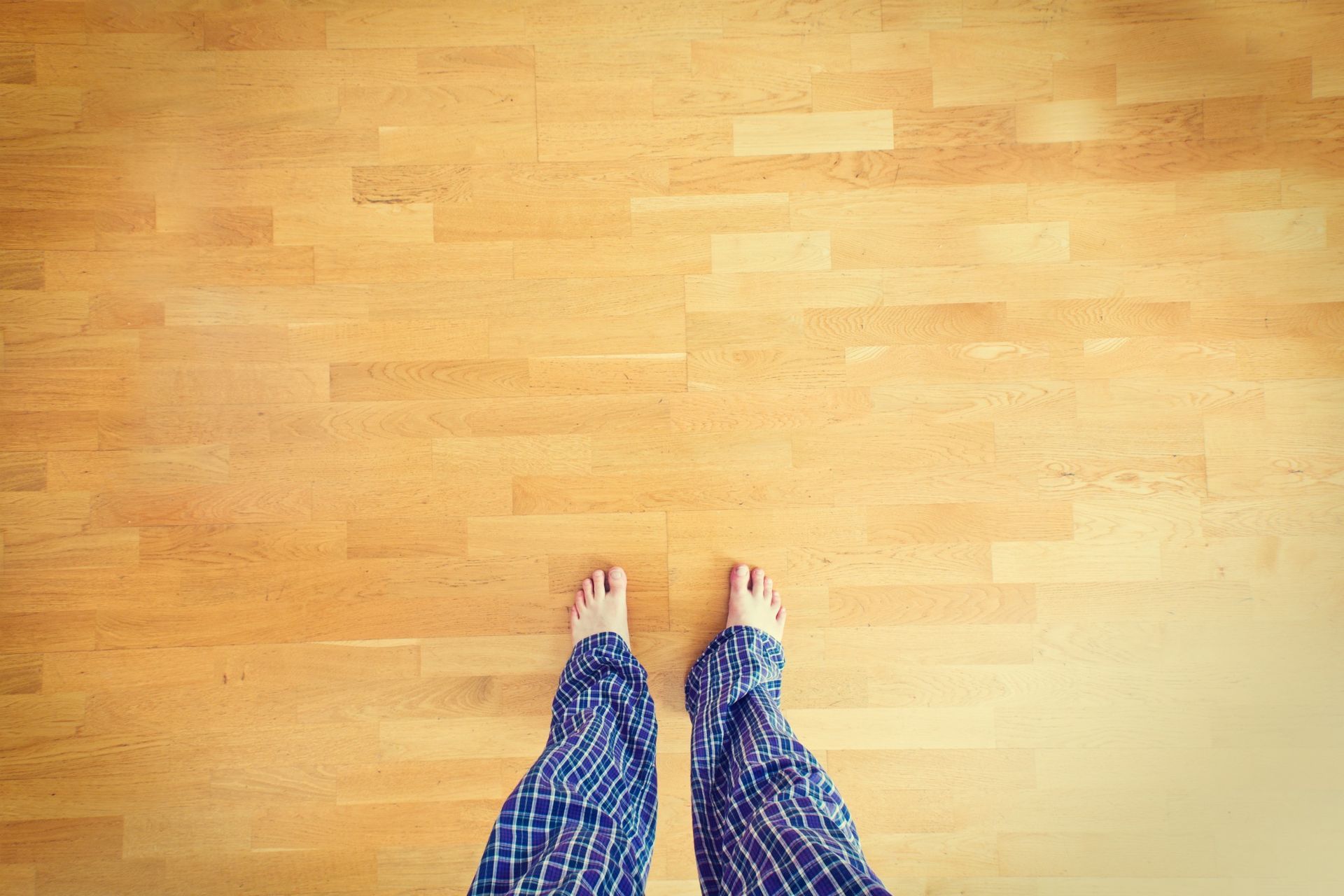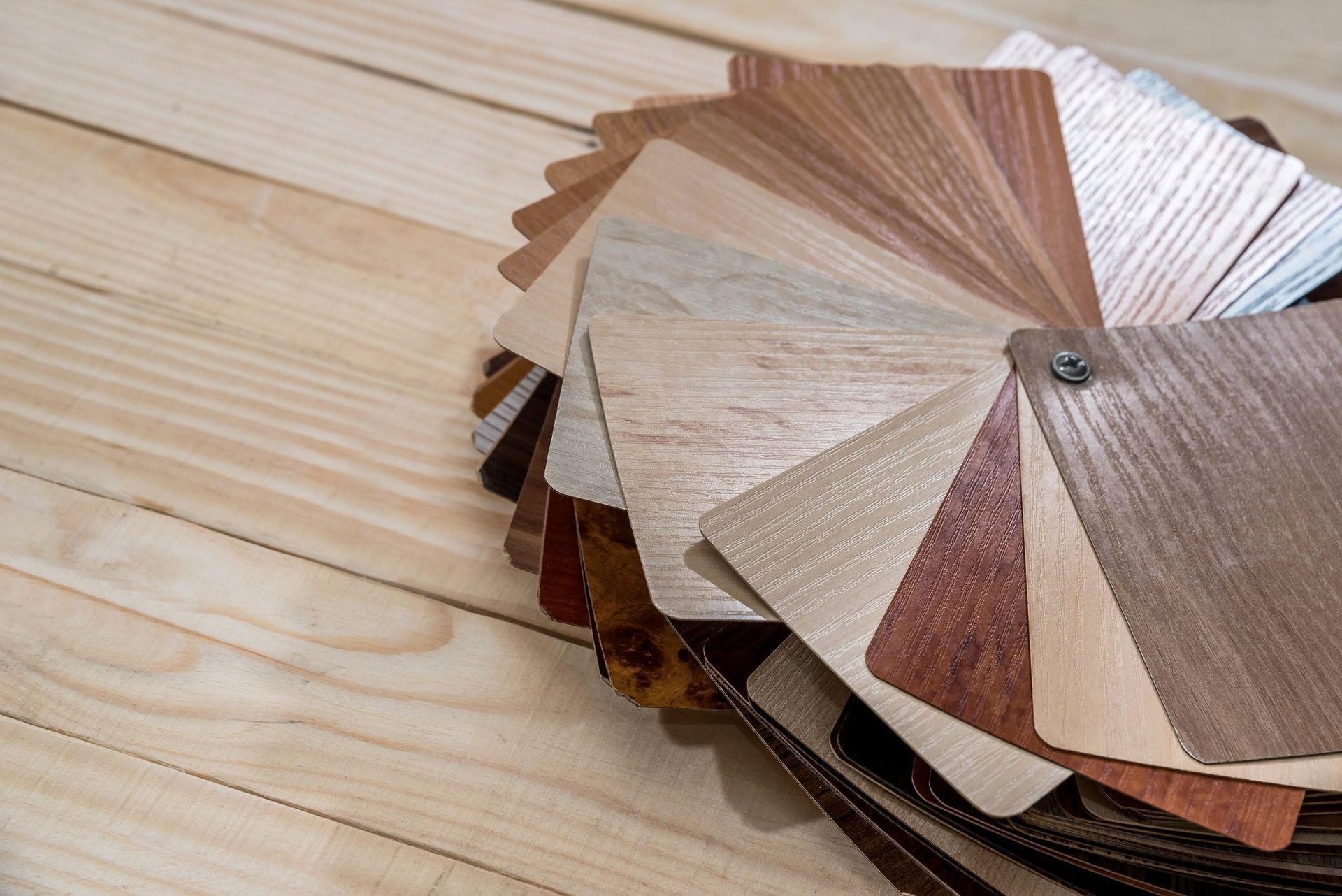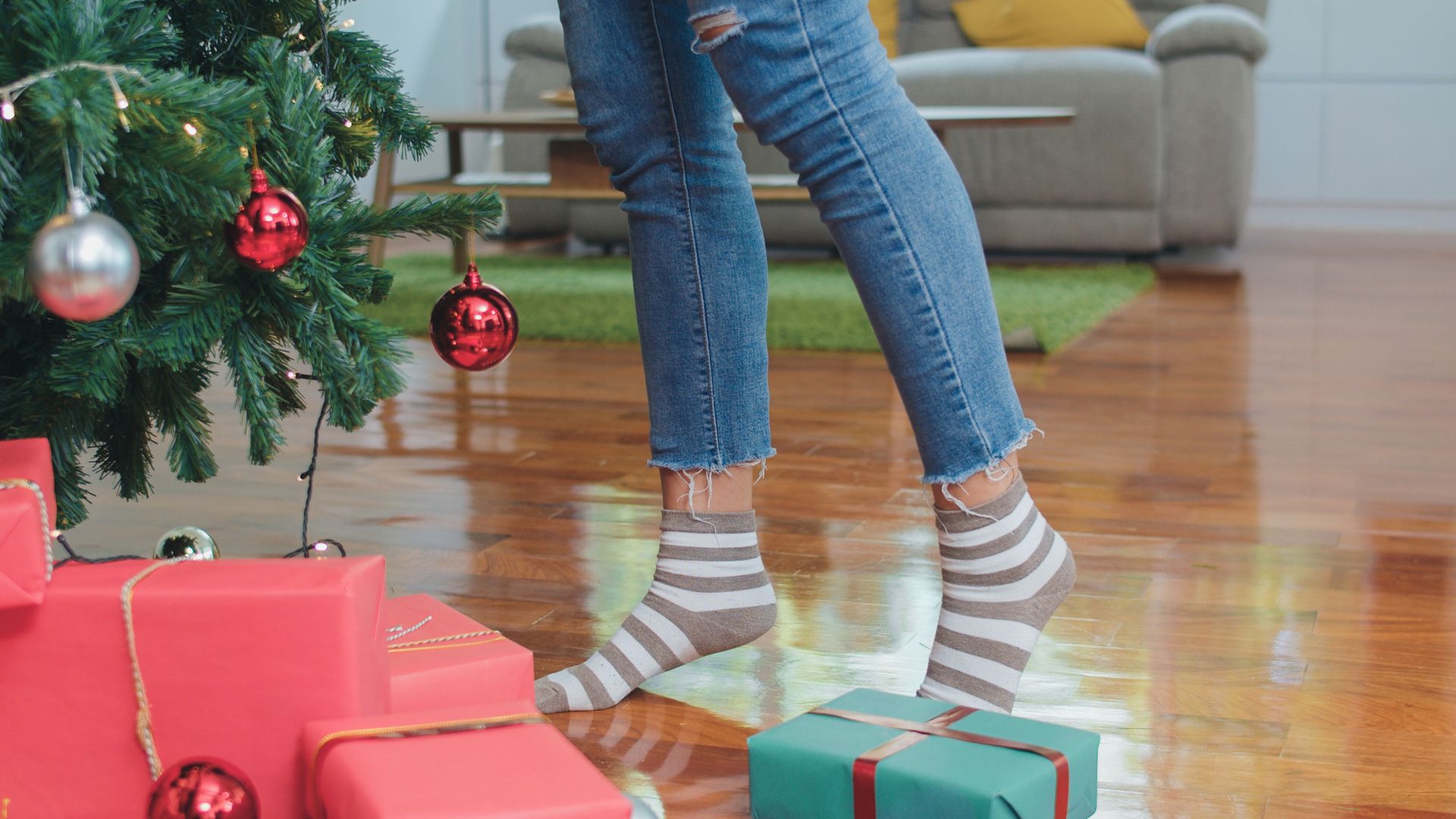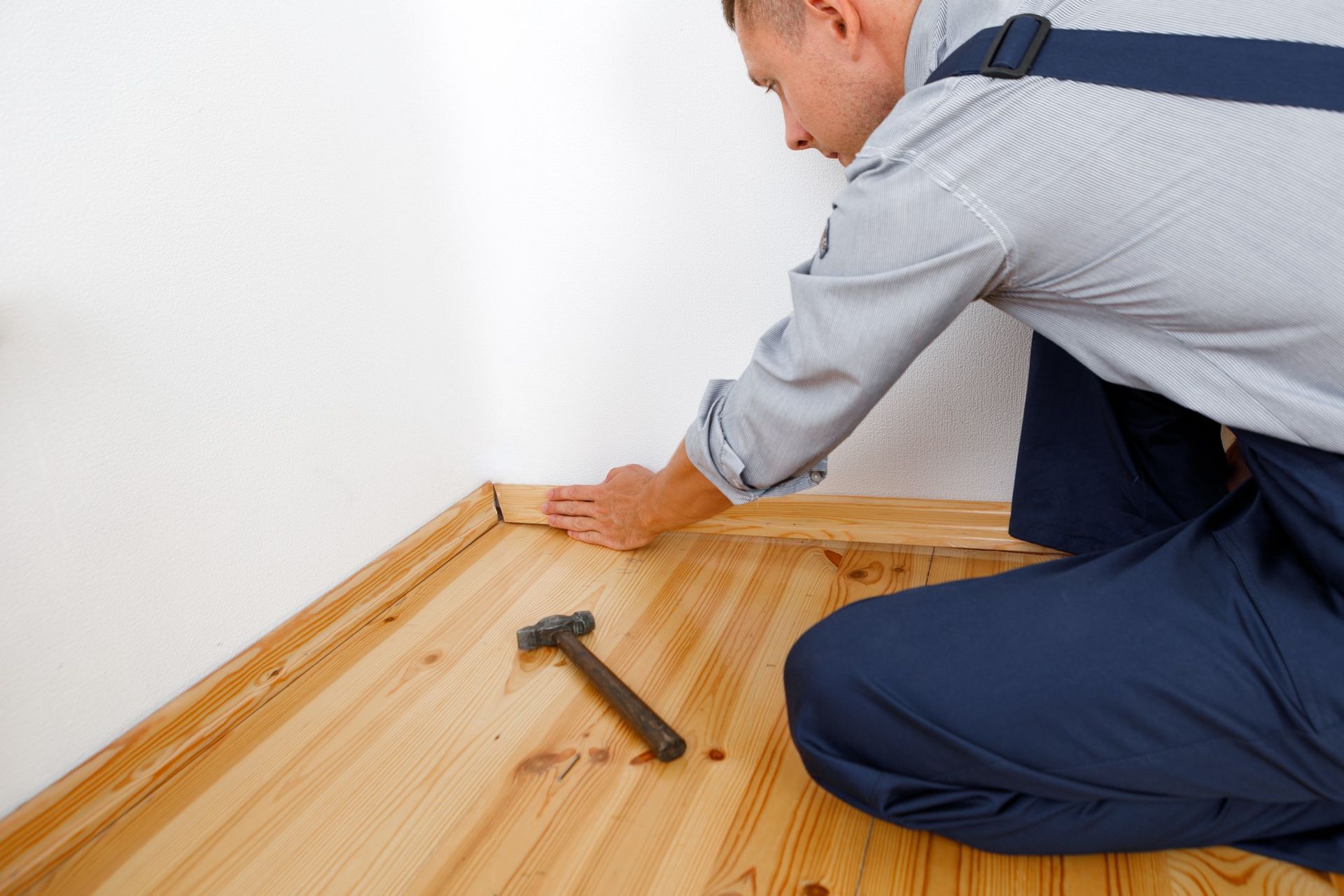GET A FREE QUOTE TODAY - CALL US (727) 518-9122
How to Clean Engineered Wood Floors?
Engineered wood floors are a popular choice for homeowners due to their durability, versatility, and aesthetic appeal. To maintain the beauty and longevity of your engineered wood floors, regular cleaning is essential. Unlike traditional hardwood floors, engineered wood has a top layer of real wood veneer bonded to several layers of plywood or fiberboard, making it more resistant to moisture and temperature fluctuations. However, it still requires proper care and cleaning methods to keep it in pristine condition.
In this article, we will guide you on how to clean engineered wood floors effectively and safely, ensuring that they retain their natural beauty for years to come.
How to clean engineered wood floors effectively
Sweep or Vacuum Regularly:
Start by removing loose dirt and debris from the surface of your engineered wood floors. Use a soft-bristle broom or a vacuum cleaner with a brush attachment to sweep or vacuum the floor regularly. This will prevent dirt particles from scratching or damaging the floor's surface.
Use a Damp Mop:
For routine cleaning, you can use a slightly damp mop to remove stains and spills. Avoid excessive water as it can damage the wood. Wring out the mop thoroughly so that it is only damp, not wet. Use a mild, pH-neutral wood floor cleaner diluted according to the manufacturer's instructions.
Spot Clean Spills Immediately:
Accidents happen, and spills are inevitable. However, it is crucial to address spills promptly to prevent them from seeping into the wood and causing damage. Use a clean, absorbent cloth or paper towel to blot up spills as soon as they occur. Avoid rubbing the spill, as it may spread or push the liquid deeper into the wood.
Avoid Harsh Chemicals and Excessive Water:
When cleaning engineered wood floors, steer clear of harsh chemicals, wax-based cleaners, abrasive cleaners, or ammonia-based solutions. These can damage the protective top layer of the floor. Additionally, avoid using excessive water when mopping, as it can cause the wood to warp or swell.
Protect the Floor from Scratches:
Place floor mats or rugs at entryways and high-traffic areas to prevent dirt and grit from being tracked onto the floor. Felt pads should be placed under furniture legs to avoid scratches. Regularly trim pets' nails to prevent them from scratching the floor's surface.
Follow Manufacturer's Recommendations:
Always refer to the manufacturer's guidelines and recommendations for cleaning and maintenance. Each engineered wood floor may have specific care instructions that should be followed to ensure optimal performance and longevity.
Consider Using a Microfiber Mop:
A microfiber mop is an excellent tool for cleaning engineered wood floors. The soft and gentle fibers of the mop effectively capture dirt and dust without scratching the surface. When using a microfiber mop, lightly dampen it with a wood floor cleaner or a mixture of water and vinegar. Avoid using excess moisture, as it can damage the wood.
Wipe Up Spills Immediately:
Promptly wipe up any spills or liquids that may occur on your engineered wood floors. Moisture can seep into the wood and cause swelling or warping if left unattended. Use a clean cloth or paper towel to blot and absorb the spill gently. Avoid rubbing or scrubbing, as it may spread the liquid or push it deeper into the wood.
Avoid Steam Cleaning:
Steam cleaning is not recommended for engineered wood floors. The high temperature and moisture from steam can penetrate the wood layers and cause damage. Stick to the gentle cleaning methods mentioned above to protect the integrity of your floors.
Regularly Dust and Remove Debris:
Dust and debris can accumulate on the surface of your engineered wood floors, making them look dull and lackluster. To maintain their shine, dust the floors regularly using a microfiber dusting pad or a soft-bristle broom. This helps prevent the buildup of dirt and keeps your floors looking clean and fresh.
Test Cleaning Products:
Before using any cleaning product on your engineered wood floors, it's essential to test it in an inconspicuous area. Apply a small amount of the product to a hidden spot and wait to see if any discoloration or damage occurs. If there are no adverse effects, you can proceed with using the product on the rest of the floor.
Schedule Professional Maintenance:
While regular cleaning and maintenance can keep your engineered wood floors in great condition, it's beneficial to schedule professional maintenance periodically. Professional cleaners have specialized equipment and expertise to deep clean and revitalize your floors, removing embedded dirt and restoring their natural shine.
Engineered Hardwood vs Solid Hardwood Floors: Understanding the Differences
When it comes to choosing flooring for your home, hardwood is a timeless and popular option known for its natural beauty and durability. However, there are
different types of hardwood flooring available, namely engineered hardwood and solid hardwood. Understanding the differences between these two options can help you make an informed decision that suits your needs and preferences.
Engineered Hardwood Flooring:
Engineered hardwood flooring is constructed using multiple layers of wood veneer. The top layer, known as the wear layer, is made of real hardwood, while the lower layers are composed of high-quality plywood or fiberboard. These layers are bonded together using heat and pressure, resulting in a stable and durable flooring option.
One of the main advantages of engineered hardwood is its dimensional stability. The cross-layer construction minimizes the expansion and contraction of the wood due to changes in humidity and temperature, making it more resistant to warping and buckling. This feature makes engineered hardwood a suitable choice for areas with fluctuating moisture levels, such as basements or bathrooms.
Another benefit of engineered hardwood is its versatility in installation. It can be glued down, nailed, or floated, allowing for flexibility depending on the subfloor and personal preferences. Engineered hardwood is also available in a wide range of species, finishes, and plank sizes, providing various options to match your desired aesthetic.
Solid Hardwood Flooring:
Solid hardwood flooring is made from a single piece of wood, milled into planks. It offers the authentic and luxurious look of natural wood throughout the entire thickness of the plank. Solid hardwood is renowned for its longevity and the ability to be refinished multiple times, allowing you to refresh its appearance and extend its lifespan.
One of the key advantages of solid hardwood is its durability. With proper care and maintenance, solid hardwood floors can last for generations, adding value to your home. Additionally, solid hardwood offers a unique warmth and richness that comes with the natural variation in grain patterns and color.
However, solid hardwood is more susceptible to moisture and temperature changes compared to engineered hardwood. It is not recommended for areas with high humidity or below-grade installations, as it can be prone to warping and cupping. Solid hardwood is typically nailed or stapled to a wood subfloor, requiring professional installation.
Choosing the Right Flooring Option:
When deciding between engineered hardwood and solid hardwood floors, consider factors such as the location of the installation, the desired aesthetic, and your budget. If you're looking for a versatile and moisture-resistant option, engineered hardwood is an excellent choice. On the other hand, if you prioritize authenticity, durability, and the ability to refinish the floors, solid hardwood may be the preferred option.
Ultimately, both engineered hardwood and solid hardwood offer their own unique benefits and charm. It's important to assess your specific needs and consult with flooring professionals to make an informed decision. Whichever option you choose, investing in
hardwood flooring will undoubtedly enhance the beauty and value of your home for years to come.
By following these simple tips, you can effectively clean and maintain your engineered wood floors, keeping them looking beautiful for years to come. Remember, regular maintenance and gentle cleaning methods are key to preserving the natural beauty and durability of your engineered wood flooring.
Quick Links
Hours of Operations
- Mon - Fri
- -
- Saturday
- -
- Sunday
- Closed
All Rights Reserved | Bell’s Hardwood Flooring
